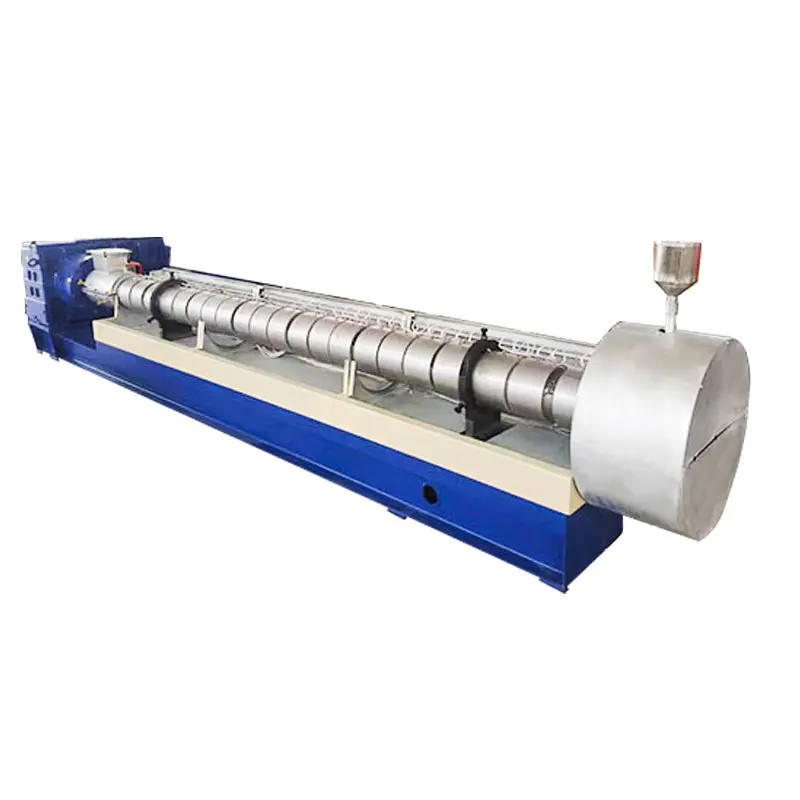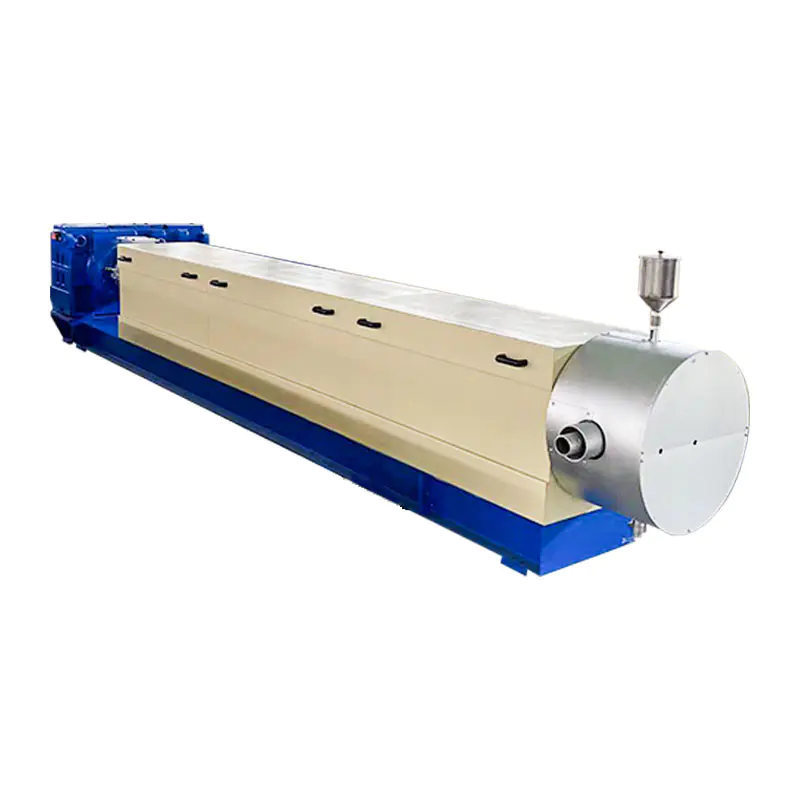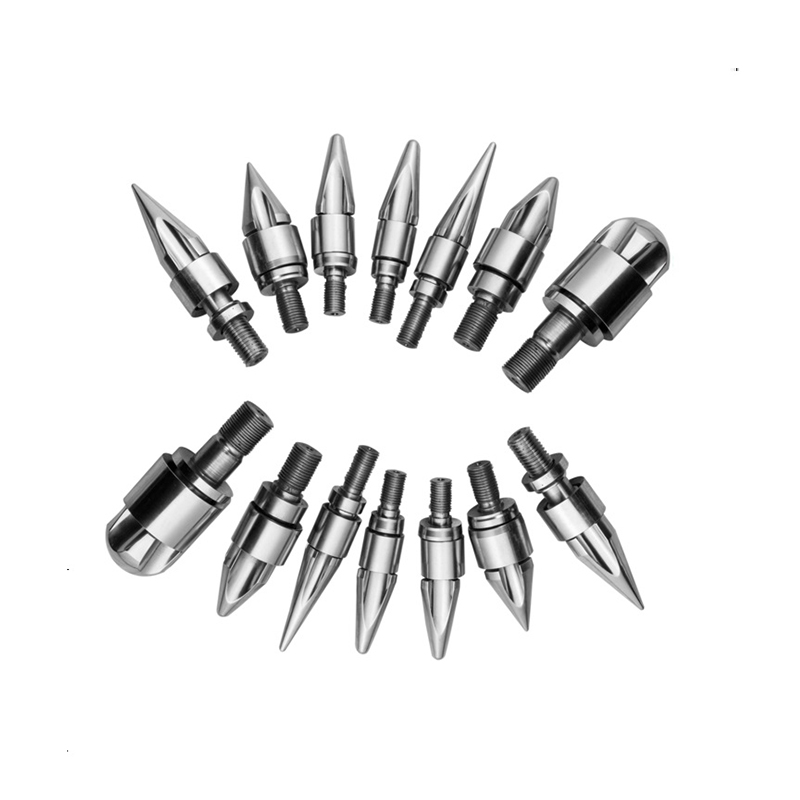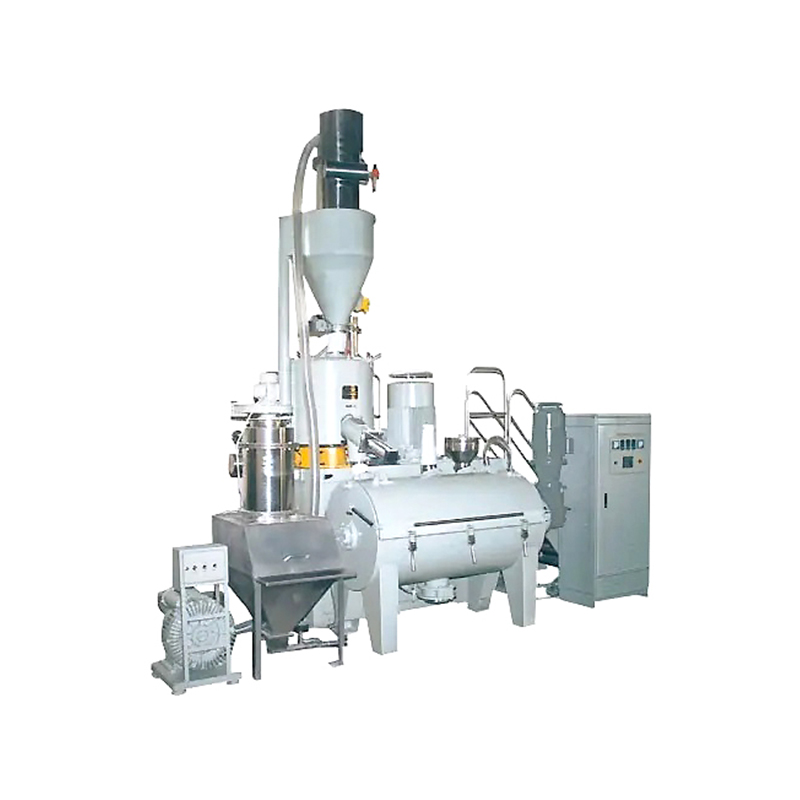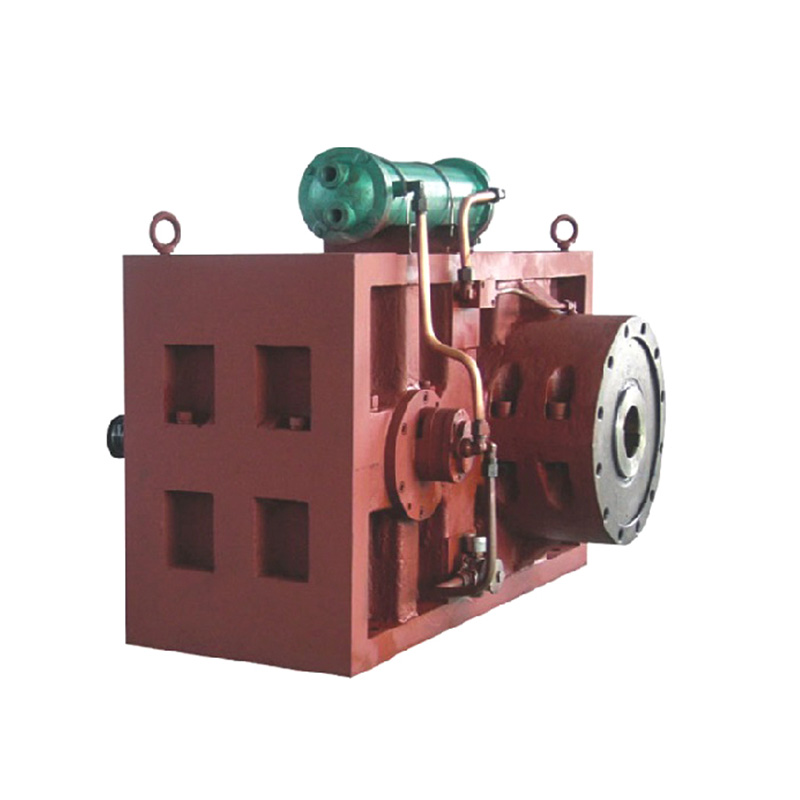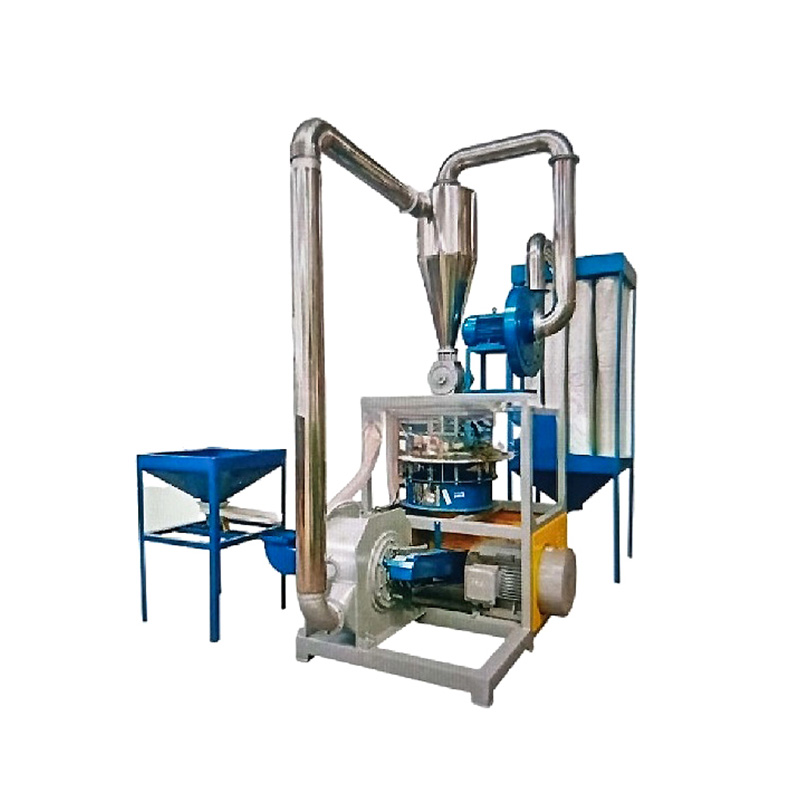In the vast landscape of plastic manufacturing and recycling, the transformation of raw or reclaimed plastic materials into a uniform, manageable form is a critical procedural step. This process is central to the function of a Plastic Pelleting Machine, a fundamental piece of equipment in the polymer industry.
Core Function and Definition
A Plastic Pelleting Machine, often integrated into a larger system called a pelletizing line, is an industrial device designed to convert molten plastic into small, cylindrical or spherical shapes known as pellets or granules. The primary purpose of this machine is to prepare plastic material for efficient handling, transportation, and subsequent processing. By standardizing the size and shape of the plastic, these pellets ensure consistent feeding and melting characteristics in later manufacturing stages, such as injection molding or extrusion.
The Operational Process
The operation of a Plastic Pelleting Machine typically follows a multi-stage process that begins with compounded molten plastic. The most common process is known as strand pelletizing:
Extrusion and Melting: Plastic material, either virgin polymer or recycled flakes, is first fed into an extruder. The extruder heats, melts, and homogenizes the plastic into a consistent viscous fluid.
Filtration: The molten plastic is then forced through a screen changer or filter to remove any solid impurities or unmelted particles, ensuring material purity.
Strand Formation: The purified melt is pushed through a multi-hole die plate at the end of the extruder, forming multiple continuous strands of plastic.
Cooling and Solidifying: These strands are conveyed through a water bath or cooling trough, where they solidify and harden.
Pelletizing (The Cutting Process): This is the primary function of the Plastic Pelleting Machine. The cooled, solid strands are fed into a pelletizer unit, which consists of a rotating cutter head with blades and a stationary bed knife. The blades cut the strands into uniform pellets of a predetermined length.
Post-Processing: The cut pellets are often dried to remove surface moisture and then conveyed to storage silos or packaging units.
Key Variants of Pelletizing Technology
While strand pelletizing is widespread, several other technologies exist, each suited to different material types and production requirements:
Strand Pelletizing (as described above): Ideal for a wide range of thermoplastics that can form a solid strand. It is a robust and versatile method.
Underwater Pelletizing: The die plate is submerged in a water chamber. As the molten plastic extrudate exits the die, it is cut by a rotating knife and immediately quenched by the water, resulting in spherical pellets. This method is highly efficient for high-capacity production and sensitive materials.
Water Ring Pelletizing: Similar to underwater pelletizing, the cutter is housed in a water-filled chamber, but the pellets are carried away by a swirling water ring. It offers a good balance for many polyolefins.
Hot-Face Pelletizing: The pellets are cut at the die face and air-cooled, often used for certain elastomers or materials that cannot tolerate water contact.
Applications and Industry Relevance
The application of Plastic Pelleting Machines is twofold, covering both primary production and recycling:
Virgin Polymer Production: Chemical companies use large-scale pelletizing systems to convert raw polymerized plastic from reactors into the commodity pellets that are sold to manufacturers.
Plastic Compounding: In compounding, additives like colorants, reinforcements, or stabilizers are mixed into a base polymer. The mixture is then pelletized to create a ready-to-use engineered plastic compound.
Plastic Recycling: This is a critically important application. Post-consumer or post-industrial plastic waste is washed, melted, and filtered. A Plastic Pelleting Machine is then used to reform this recycled melt into clean, uniform pellets. These recycled pellets can be used as raw material to manufacture new products, closing the material loop and promoting a circular economy.
The Plastic Pelleting Machine is an indispensable engineering solution that bridges the gap between raw plastic materials—whether virgin or recycled—and the production of finished goods. Its ability to produce consistent, high-quality pellets is a foundational process that supports the efficiency, quality, and sustainability of the global plastics industry.



 عربى
عربى


